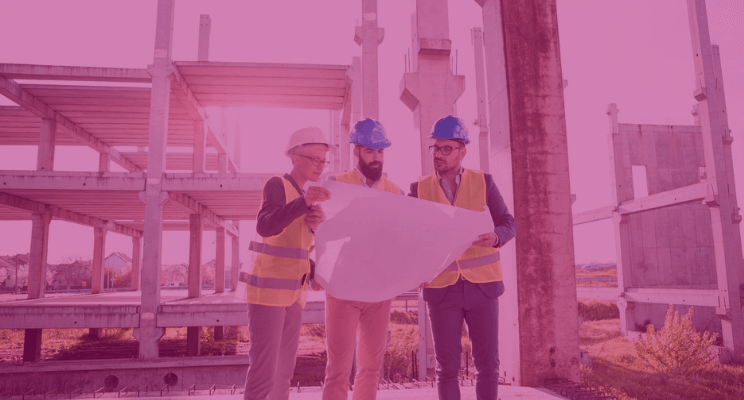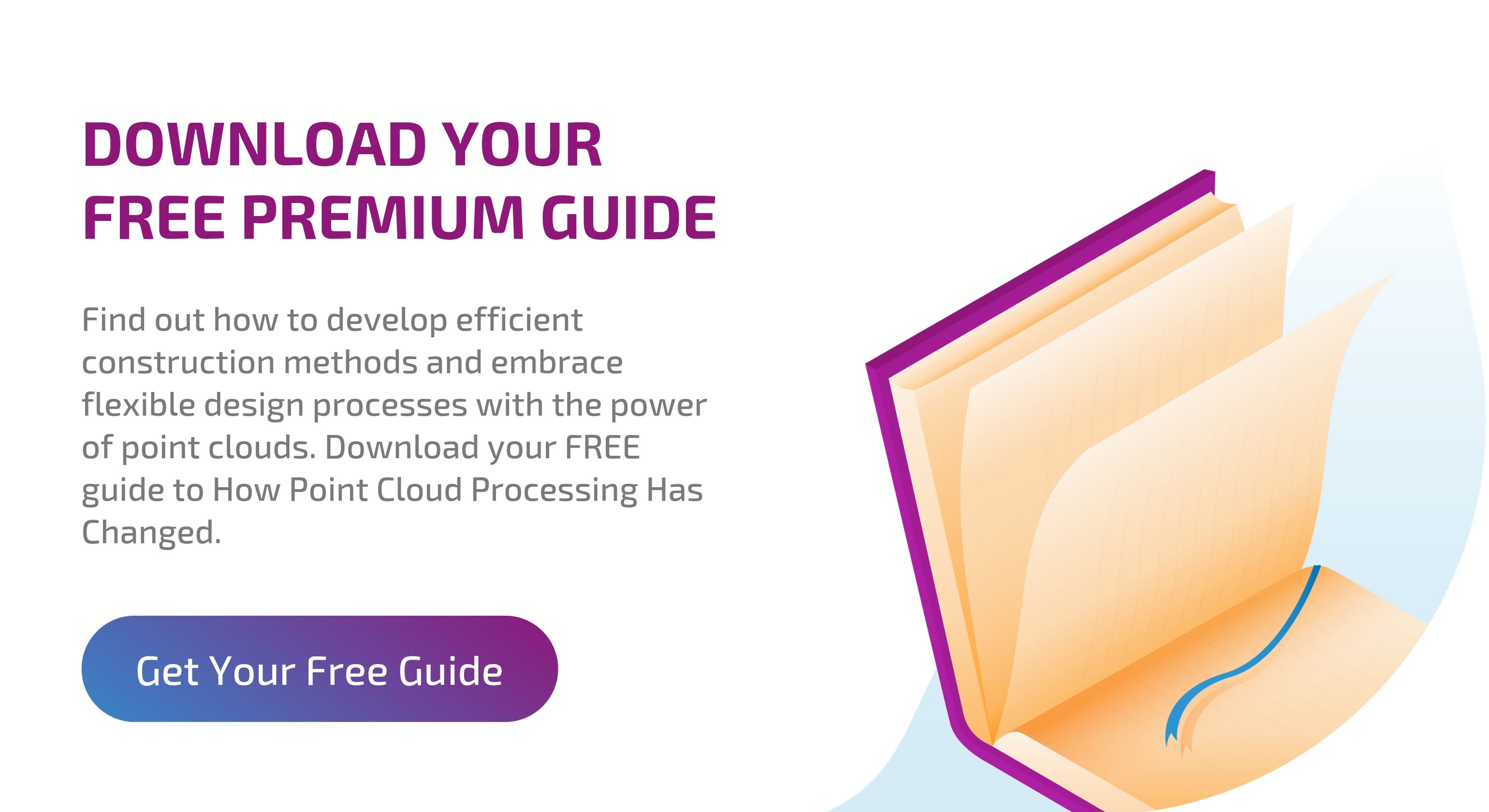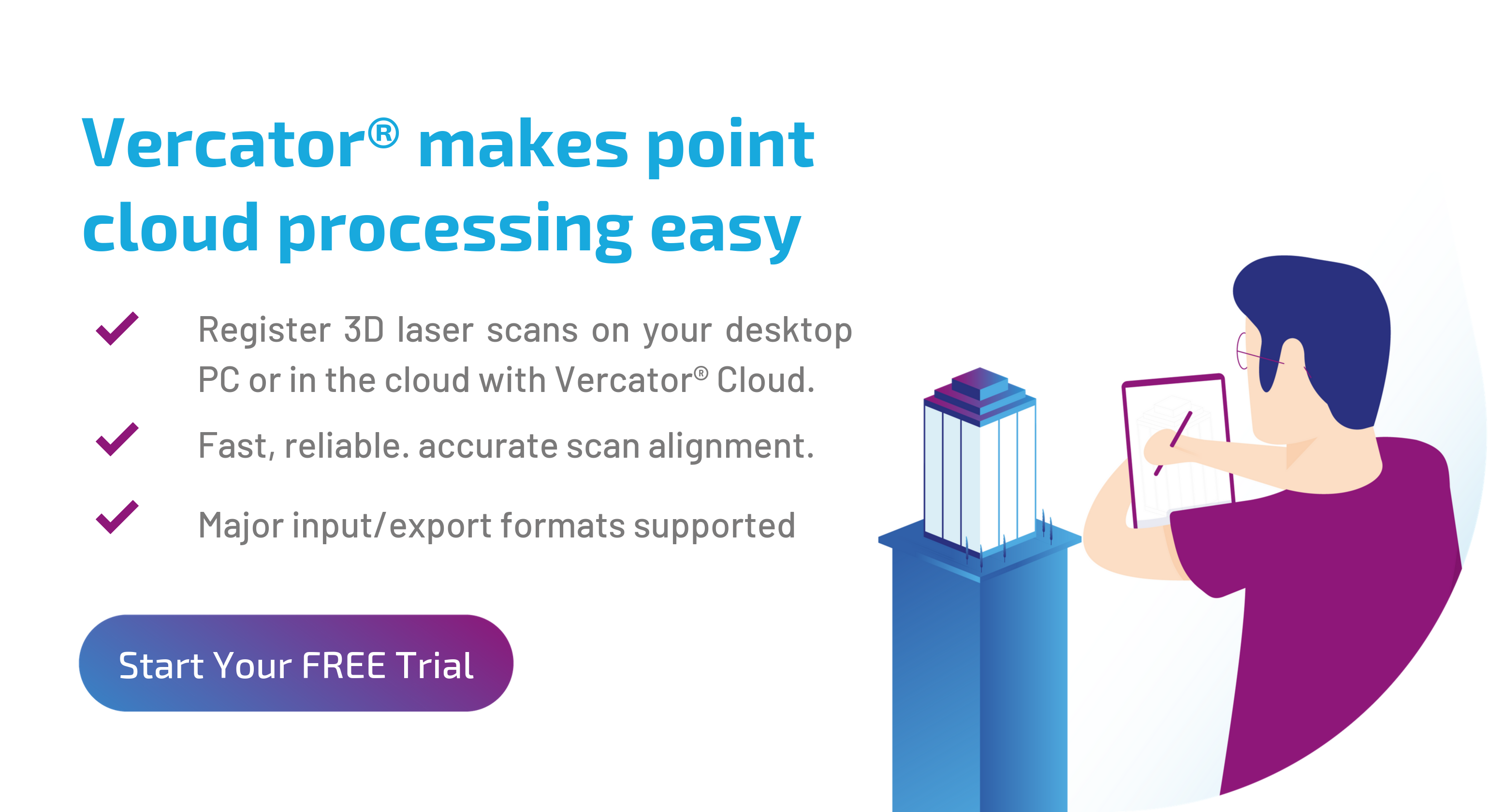How to use laser scanners to improve your construction team

Construction is going digital. With the migration to BIM (Building Information Modelling) as a critical part of planning, the value of 3D models to planning and execution cannot be understated. If you want to build these models using real data and compare outputs to planning, you need to understand laser scanners, point clouds and 3D reality capture technology.
What we want to explain here is the value of laser scanning technology to construction. However, to do that, we need to dive into how best practices have changed and opened the door to new applications of LiDAR and point cloud processing. Looking at what has changed will allow you to create a roadmap for integrating laser scanners into your construction team and grow into the future.
Laser Scanners: Why Now?
Laser scanning technology has been commercially available since the 1990s, and the construction industry was an early adopter. However, laser scanner use has been limited due to the cost of commissioning a scan and producing a model.
What has changed in the survey industry is accessibility. The hardware, software and deliverables have all advanced, increasing their utility and decreasing the cost. Scanner improvements have made it possible for third-parties to create hardware agnostic registration software, and experiment with more effective ways to get the job done.
Ultimately, the evolution of the market has led to an explosion of options and efficiency. Developments such as “multi-stage, vector-based” registration algorithms, for example, have accelerated the processing of raw laser scanner data by 40%-80%, while removing manual steps. These kinds of improvements massively reduce the cost of commissioning a scan — fuelling a renaissance in laser scanner application and opening the door to the cost-effective use of laser scanners in any construction project.
Why Laser Scanners?
The value of laser scanning data to project planning mostly comes down to information capture. Laser scanners can be used to create accurate models from the very beginning, reducing the need to rework plans. The heightened level of accuracy reduces overhead, prevents delays and allows for more flexible planning and communication. 
Use Laser Scanners to Build Your 3D Models
When it comes to building a 3D model, the scanner allows you to understand the space around the construction site properly. Using scan data, you can build your 3D models within the exact context of their surroundings. This is particularly useful when considering construction sites impacted by:
- Dangerous locations: remote, traffic-heavy, hazardous geography or weather
- Sites surrounded by a historic building
- Renovations
The capture of a 3D model also aids in the prevention of mistakes. Technology like laser scanners allows you to pull through site data on a larger scale. This data can prevent errors and save time and money.
A 3D model that is created by the laser scan can identify measurement differences between the site and what is listed on the design. These measurement differences can help prevent possible disaster.
Laser scanners now also offer the ability of embedding sensors in and around the site. These sensors allow you to monitor both performance and progress.
Use Laser Scanning To Match Planning With Output
An evolving use for laser scanners based on cost-reductions is the dynamic deployment of scans to evaluate project stages. The term “scan-to-BIM” gets used for all applications of scans that upload data directly into BIM schematics. With a BIM, you can use scan data to compare different stages of a project’s development directly to the execution stages within that BIM.
This type of cross-checking allows teams to spot errors immediately. It also makes it easy to engage with modern manufacturing techniques like using 3D printing to prefabricate materials off site for transport and quick assembly.
The use of laser scanning in the prevention of mistakes is one of the most significant benefits of the technology. The scanning itself offers additional protection to a plethora of the planning processes and also ensures the project is completed on time.
Use Laser Scanners To Create More Flexible Workflows
Laser scanners and modelling technology can dramatically help reduce the requirement for a site visit, especially with the aid of cloud integration. Remote cloud access also enables the possible addition of remote specialists to your project.
Specialists with remote access will all be able to access data in real-time and work together. They will also be able to make accurate measurements and adjustments when required in 3D models based on the actual space.
Access Laser Scanners Through Specialists
One of the most prominent points to note is the importance of a surveyor. Laser scanning technology is a piece of technology that requires specialist knowledge to appropriately operate. Capturing data and then registering the subsequent point clouds for use in modelling requires dedicated hardware and software.
To utilise this equipment correctly and get the most out of it for your projects, a surveyor is necessary. To access laser scanners within your project workflow you should either hire a dedicated surveyor to operate as part of your team, or contract with a survey company on an ad-hoc basis. A site engineering survey carried out by a surveyor with the use of a laser scanner can be utilised effectively in many ways, including:
- Rights of light reports
- Volume surveys
- MEP surveys
- Accident investigation
- Measured building surveys
- Detailed elevation surveys
- Planning and early design stages
- Monitoring land deformation
A surveyor will also be able to set the instrument up remotely, which will aid in the avoidance of hazards and obstructions.
Make Sure Your Surveyors Use Technology To Keep Costs Down
Choosing the right surveyor for the task ahead is imperative. In order to keep costs to an absolute minimum, your selected surveyor should be using laser scanners and the correct software models.
When it comes to your construction project, you want to find synergy. The incorporation of the right technology, paired with the right software is the key to this. The correct tools for the job are going to be essential in managing time, cost and risk at all stages of the project. Look for forward-thinking survey teams that use modern registration software and integrate directly with BIM.
If you want to learn more about the process and cost of commissioning a point cloud survey, we have some helpful advice specifically on that. Our eBook on the future of point clouds can answer any questions you have on how the survey-technology landscape has changed.
Fundamentally, by striking the right technology partnerships, efficiencies can be created and improvements made. The value of laser scanners mostly resides in better understanding and capturing data about your projects. With the right surveyors, the flexibility of applications is nearly endless — make sure that you are bringing the right technology to bear.
Tags: construction

